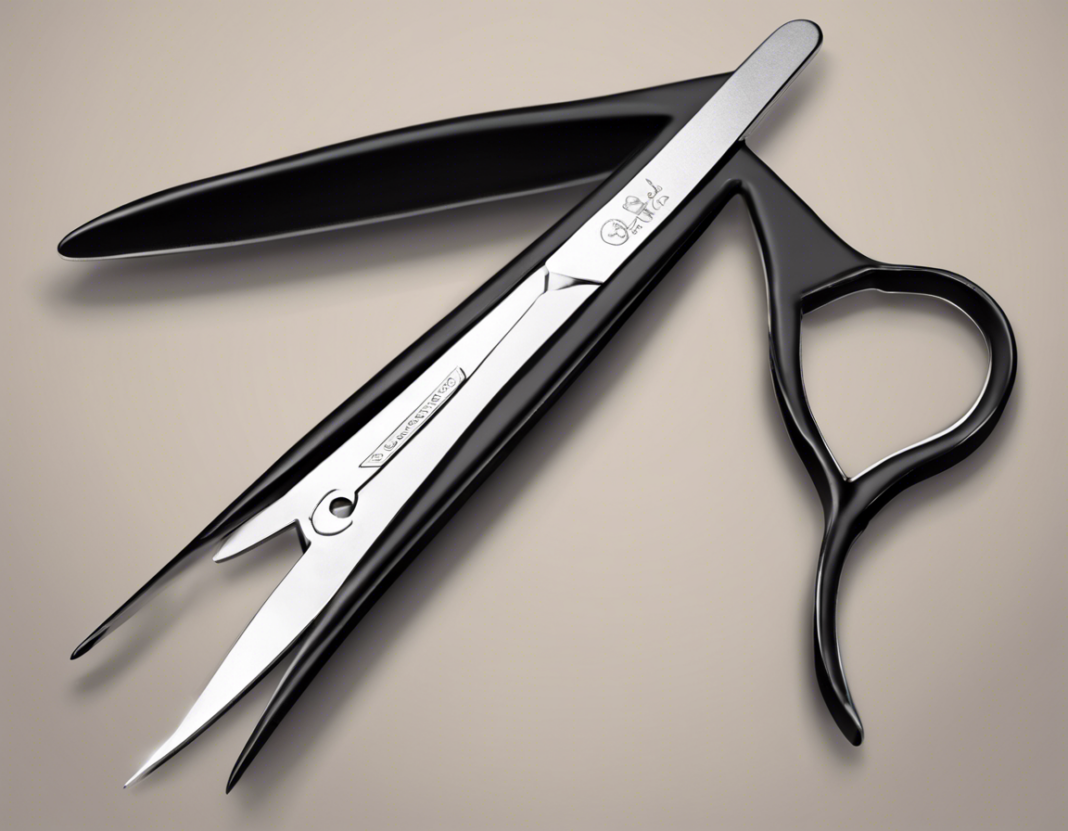Have you ever stopped to think about the significance of scissors in your life? These seemingly simple tools play a crucial role in various aspects of our daily routines, from crafting and sewing to cooking and grooming. Cutting with scissors is a skill that many of us have mastered since childhood, but have you ever wondered about the history, design, and different types of scissors available? In this comprehensive guide, we will explore the magic of cutting and how scissors make a significant difference in both our personal and professional lives.
The History of Scissors
Scissors have a fascinating history that dates back thousands of years. The earliest known scissors appeared in ancient Egypt around 1500 B.C. These were made of a single piece of metal and operated in a similar manner to the scissors we use today. Over time, scissors evolved and became more sophisticated, with advancements in material, design, and technology.
Different Types of Scissors
Today, there is a wide variety of scissors available, each designed for a specific purpose. Some of the most common types include:
1. Household Scissors
- Used for cutting paper, fabric, wrapping paper, and various craft projects.
2. Sewing Scissors
- Designed for cutting fabric and thread with precision.
3. Kitchen Scissors
- Ideal for cutting food items such as meat, vegetables, and herbs.
4. Hair Cutting Scissors
- Specifically designed for cutting hair with accuracy and ease.
5. Medical Scissors
- Used in the medical field for cutting bandages, sutures, and other medical supplies.
The Art of Cutting
Cutting is both a function and an art. Whether you are crafting a handmade card, sewing a new garment, or preparing a gourmet meal, cutting plays a pivotal role in the outcome of your creation. Precision, technique, and the right tools are essential for achieving the desired result. Scissors are versatile tools that allow for controlled and accurate cutting, making them indispensable in various creative and practical pursuits.
Choosing the Right Scissors
Selecting the right pair of scissors for the task at hand is crucial for efficiency and success. Consider the following factors when choosing scissors:
- Purpose: Determine the primary use of the scissors – crafting, sewing, cooking, etc.
- Material: Choose scissors made of high-quality steel or titanium for durability.
- Size: Opt for scissors that are comfortable to hold and maneuver.
- Blade Type: Select scissors with the appropriate blade type for the task – straight, micro-serrated, or titanium-coated.
Maintaining Your Scissors
Proper maintenance is essential for prolonging the life of your scissors and ensuring optimal performance. Here are some tips for caring for your scissors:
- Clean: Wipe the blades with a clean cloth after each use to remove any debris.
- Sharpen: Regularly sharpen the blades to maintain their cutting precision.
- Oil: Apply a drop of oil to the pivot point to keep the blades moving smoothly.
The Scissors Industry Today
The scissors industry has evolved significantly, with innovations in design, ergonomics, and technology. Manufacturers are constantly introducing new features and materials to enhance the performance and durability of scissors. From ergonomic handles to non-stick coatings, scissors are more ergonomic, efficient, and durable than ever before.
Frequently Asked Questions (FAQs)
1. How do I choose the right scissors for crafting projects?
- When selecting scissors for crafting, opt for a pair with small, sharp blades for detailed cutting.
2. Can I use household scissors for sewing projects?
- While household scissors can be used for basic sewing tasks, it is recommended to invest in a pair of sewing scissors for more precision.
3. How often should I sharpen my scissors?
- It is advisable to sharpen your scissors every 3-6 months, depending on the frequency of use.
4. Are there scissors specifically designed for left-handed individuals?
- Yes, there are scissors designed with left-handed users in mind, featuring ergonomic handles and blade orientation.
5. Can kitchen scissors be used for cutting paper and wrapping?
- While kitchen scissors can technically be used for paper and wrapping, it is best to keep a separate pair for food items to prevent cross-contamination.
Scissors may seem like ordinary tools, but their impact on our daily lives is truly remarkable. From cutting with precision to unleashing creativity, scissors hold a special place in our hearts and homes. So next time you reach for a pair of scissors, take a moment to appreciate the magic of cutting that these humble tools bring into your life.
